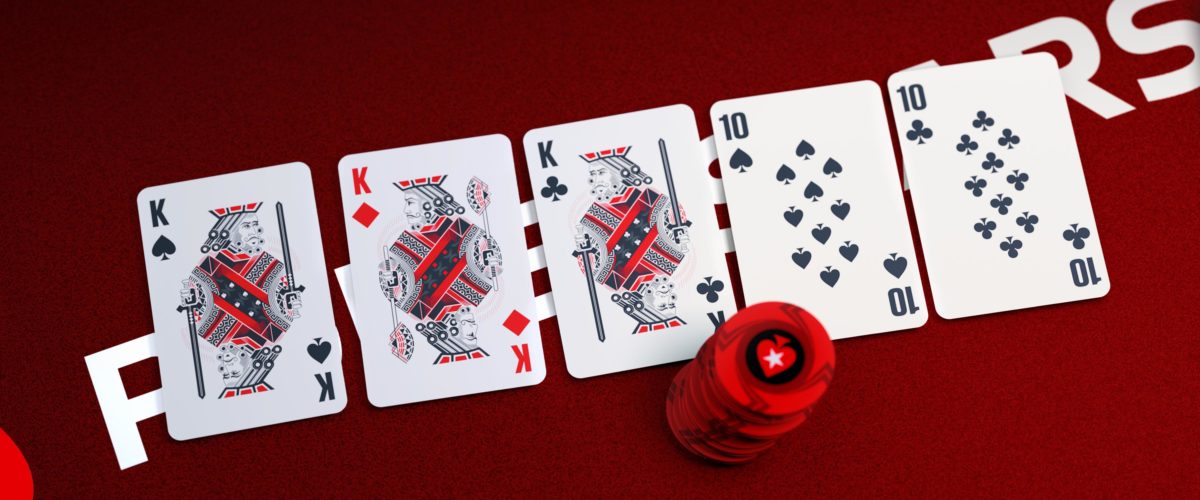Moving from No Limit Hold’em to Pot Limit Omaha
The vast majority of poker played on PokerStars is No Limit Hold’em (NLHE). It’s generally the game people first learn when they decide to play poker, but it’s important to remember that there are other games out there – and they can be great fun too!
The most popular of these is Pot Limit Omaha, or PLO as it’s more commonly known. We’re not going to talk about the rules of PLO in this article – you can find those here – instead we are going to look at some of the changes in mentality that are important if you’re migrating from NLHE to PLO for the first time. Let’s investigate a few of the common mental blocks that NLHE players experience in PLO, and see how we can combat them…
Fear factor
As any PLO player knows it typically takes a much stronger hand to win a big pot in PLO than it does in NLHE. A common example is when you have an over pair, such as pocket aces. In NLHE an over pair is often a strong hand, good enough to win a decent pot. However, in PLO just having one pair – even if it pocket aces – will usually be no good if money starts flying in. Big pots in PLO usually mean big hands, such as nut flushes and full houses.
One of the main problems this creates is that inexperienced PLO players become afraid to make a value bet, or call a river bet, with anything other than the stone cold nuts. It’s understandable why but in order to become a good PLO player this is a mental block that you will have to get over. Just as in NLHE the best way to get rid of this fear is to start value betting the river whenever you believe you have the best hand. At first, you may get some of them wrong – for example, betting two pair and being called by a straight etc – but only through practice will you be able to develop your hand reading skills. Also, unless you are playing highly skilled opponents then typically you will only be raised on the river when you are up against the nuts. When this occurs, it’s a surefire sign that you can confidently fold even very strong hands.

So, just as you aren’t afraid to bet what might be the best hand in NLHE, it’s time to do the same in PLO. This time remember that your hand should be a little bit stronger but it doesn’t have to be the mortal nuts. Once you master this those extra value bets will add up significantly over time.
Getting carried away preflop
After a time spent splashing around in NLHE most players will begin to work out that tightening up preflop and focusing on playing a stronger range of hands will lead to more success. That learning process sometimes never happens in PLO. The magic of having four cards to play with creates the illusion that every hand is playable and that every hand has potential. Unfortunately, that’s not the case.
There is a huge discrepancy between a strong PLO hand such as A♠ K♠ Q♦ J♦ and a weak one like Q♦ 9♣ 3♦ 2♥ and you need to adjust your play accordingly. It’s only natural to play a bit looser in PLO than in NLHE – there are more playable hands after all – but you need to make sure the reins are on still. Especially when you are a new PLO player it makes sense to play very tight because this will make your postflop decisions much more straightforward.
A key thing to focus on in PLO is playing hands that have the possibility of making the nuts. A good example is focusing on hands with a nut flush draw in them, such as A♥ 10♥ 9♣ 8♦ or A♥ 2♥ 7♣ 7♠ . These are much stronger than if you had a smaller flush draw, such as king or queen-high. Even if you hit your flush with a hand like this you’ll always be wary that your opponent might have you out-pipped once significant numbers of chips start to make it into the middle.
In many ways then your mentality regarding starting hands in NLHE and PLO should be quite similar. Don’t loosen up too much or it could come back to cost you later in the hand.


